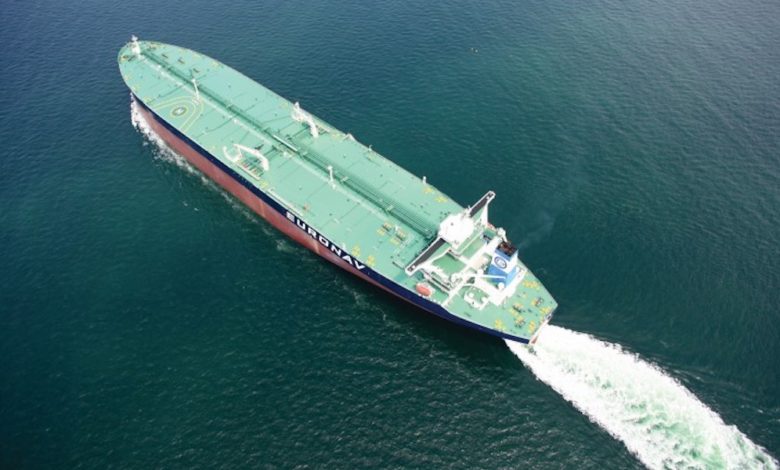VLCCs charge towards $100,000 a day

Tanker watchers are keeping a firm eye on the volatile VLCC markets today, with a $ 100,000-a-day fixture widely anticipated, the first time this landmark has been broken since November.
VLCC fixtures have been on a charge all week, with eco, scrubber-fitted ships fixing at figures pushing above $90,000 a day. Demand from China has been leading rates to new highs each day of the week so far.
Pareto Securities called the $100,000 figure this morning, noting in a report to clients that modern ships with scrubbers are “effectively in three-digit territory” out of the US Gulf.
VLCCs are showing a very strong upside in tonne-miles, according to commodity data platform Vortexa, which has also detected the tightness in the sector, with more laden than ballast VLCCs at present.
“Looking ahead, crude buying from China could be sustained in March as domestic demand continues to increase,” Vortexa noted in a recent report. Additionally, China’s crude inventories showed a draw last month, indicating increased domestic refining demand. “This could support VLCCs towards China and continue to support crude freight rates in March,” Vortexa suggested.
Fearnleys described the VLCC market this week as “frenzied” while Arctic Securities said the sector is sizzling.
“VLCC spot rates are pushing higher with a notable uptick in Atlantic Basin fixture activity this week, especially out of the US Gulf region. In the Middle East market charterers are focusing on late March loadings before attention shifts to April cargoes next week,” Jefferies reported in a note to clients.
A sign of the very firm market can be seen out in South Korea, where Euronav’s brand new VLCC called Camus has opted to take a dirty cargo on its maiden voyage from Hyundai Samho Heavy Industries, eschewing a high paying diesel cargo as has become common on maiden voyages from Asian yards.
